A home that works on all levels (comfort, function, economy, aesthetics) is a highly prized commodity in all cultures. How these requirements are defined is a function of personal values, location, income, and intended use. Here in Maine, it ranges from a simple, unheated summer cottage to a high performance year-round home or condominium.
Or it could be an existing home with “good bones” that deserves to be updated to reflect the lifestyle of its occupants and the economies of the times.
House design is not just about whether it’s Colonial, Contemporary, Shingle Style, or Greek Revival. It’s all about craft and imagination working together to produce something that speaks to the owner’s needs and operates on multiple levels: how it looks and how it works. Good design is practiced at every level. From the door handle on the front door to the proportions of the windows, Design is thoughtfulness and caring expressed in built form.
Not everyone is “design literate” enough to pull together and communicate to a builder all of the details necessary to build or remodel the house of their dreams. Architects are the “strange ones” among us who live, eat, and dream buildings. They are either trained to think this way and/or they have an innate ability to do so. It’s a combination of problem-solving and artistic inspiration. I remember, as a kid, drawing futuristic houses, carving out rooms in the sand at the beach and imagining spaces in my mind. It was the start of something that’s lasted all my life: a love affair with shape, volume, color, and light.
Another characteristic of most architects is a tendency to be well organized and detail-oriented. If you have someone in your house who squares off the towels in the bathroom towel racks or lines up his/her pencils with the edge of the table, then they either need counseling or they are might be frustrated architects.
Do you like to sketch or doodle on the margins or “build stuff”? Do trips to the hardware store rank up there with taking the spouse out for a movie? Or do you compulsively watch the Home and Garden TV shows like “Property Brothers? Ayuh, you’ve got it bad.
So how does someone, like an architect, “put it all together” and come up with a design or remodel for your house? There are a number of analogies for how this is done. Here are three of them.
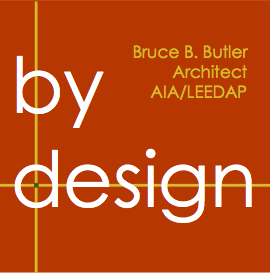




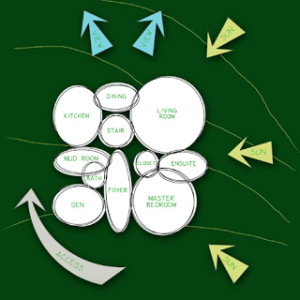 www.virtualrenovation.ca/newconst
www.virtualrenovation.ca/newconst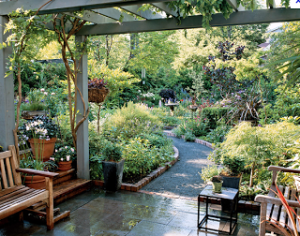 realestate.msn.com
realestate.msn.com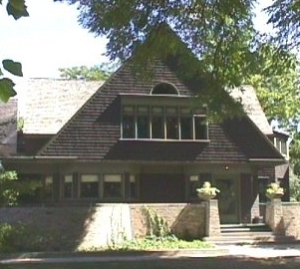 www.gowright.com
www.gowright.com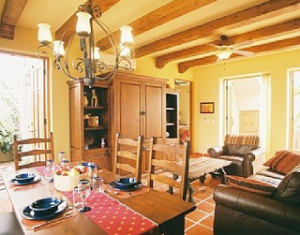 homeaway.com
homeaway.com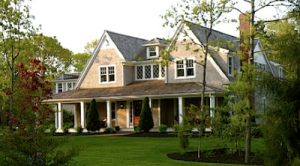 chameleon.blogspot.com
chameleon.blogspot.com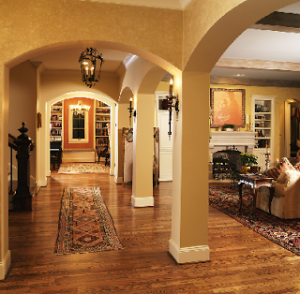 nashvilleinteriors.com
nashvilleinteriors.com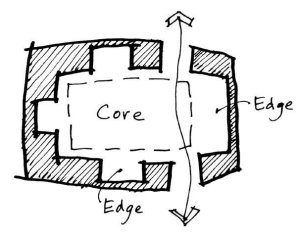 Tauntonpress.com
Tauntonpress.com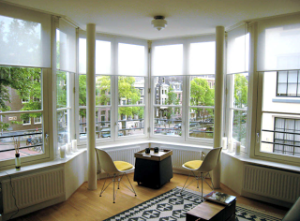 simplyamsterdam.com
simplyamsterdam.com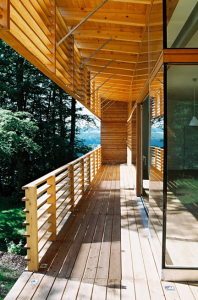 blog.housplans.com
blog.housplans.com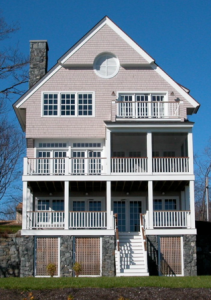 www.mainebydesign.com
www.mainebydesign.com